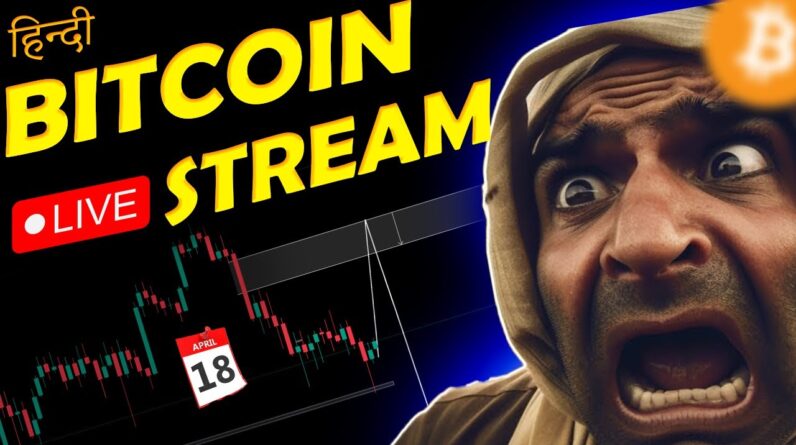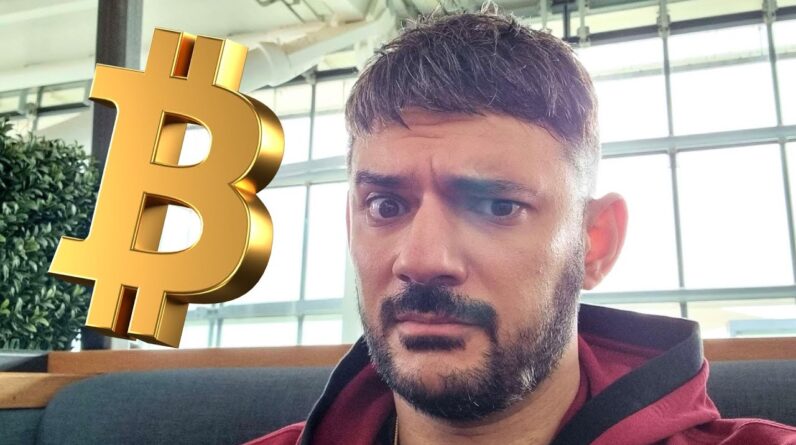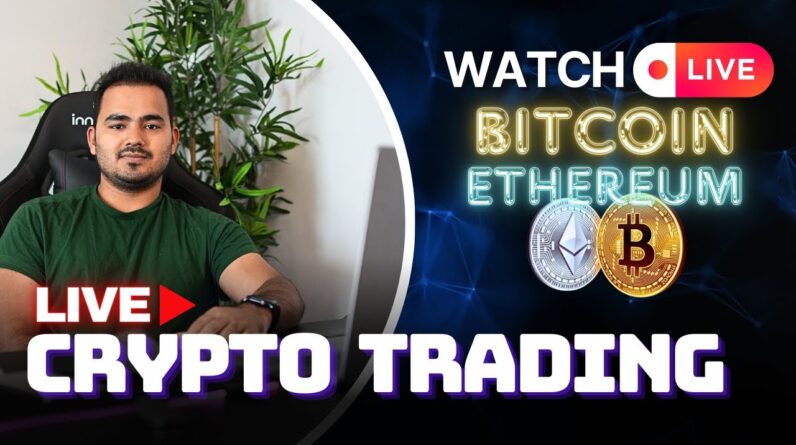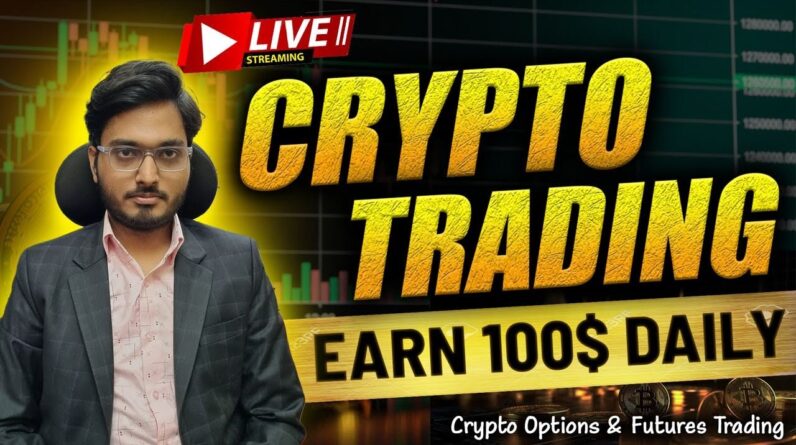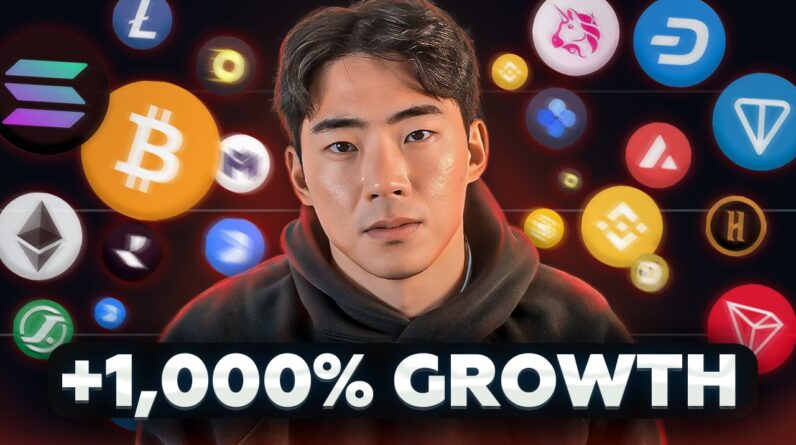This episode of the Ripple Drop dives into how changes are made to the XRP Ledger, a digital asset wallet app called BRD and the foundation of liquidity.
Ripple CTO David Schwartz provides a look at how improvements are made to the XRP Ledger. Then Ripple VP and Head of Global Institutional Markets Breanne Madigan explains the key attributes to a healthy liquid market, while BRD Co-Founder and President Aaron Voisine explains how and why his company is part of that effort.
Reliability Is Job One
Schwartz admitted he’s often in awe of how quickly and dramatically the XRP ledger has changed since its founding in 2011—growing to more than one thousand nodes that move billions of dollars to people around the world.
But, the defining feature of a decentralized operation without any administrative functions or permission for a multibillion-dollar digital asset is precisely why the pace of change has slowed. Reliability is top priority, and the community ensures this by taking a measured approach to any proposed changes.
As part of this episode, Schwartz highlights how the community is empowered to push back on possible changes and unpacks a unique safety feature that prevents the system from ever agreeing that “two plus two equals five.”
He also teases a few changes that the community is considering, including speeding up confirmation times and increasing throughput. Additionally, he’s interested in Ripple’s potential take on stable coins, which would peg assets on the ledger to an external value.
Liquidity Basics and Today’s Use Cases
Infrastructure that is reliable and trustworthy is critical to supporting new use cases for digital assets. One such company working on creating tangible value for digital assets is BRD.
BRD is a multi-currency crypto app that aims to make trading digital assets as simple, safe and convenient as possible, in 170 countries. Voisine highlights increased utility and demand for XRP as reasons why BRD added XRP support.
“We’re seeing businesses adopting (digital assets) and growing (utility) all the time. (XRP has) proven itself to be something that’s extremely valuable and something that the market wants,” said Voisine.
Additionally, Madigan explains the key aspects to liquidity and how liquidity fits into RippleNet’s On-Demand Liquidity (ODL) service that enables faster, less expensive cross-border payments. Madigan discusses how ODL is an important illustration of how Ripple as an enterprise company builds solutions for B2B customers, yet has the potential to deliver value for everyday consumers. All of it made possible on a ledger that the community helps ensure is up to the task.
Be sure to catch more Ripple Drop episodes on YouTube along with all the latest from Ripple.
The post The Ripple Drop: Liquidity Explained and the Evolution of the XRP Ledger appeared first on Ripple.



